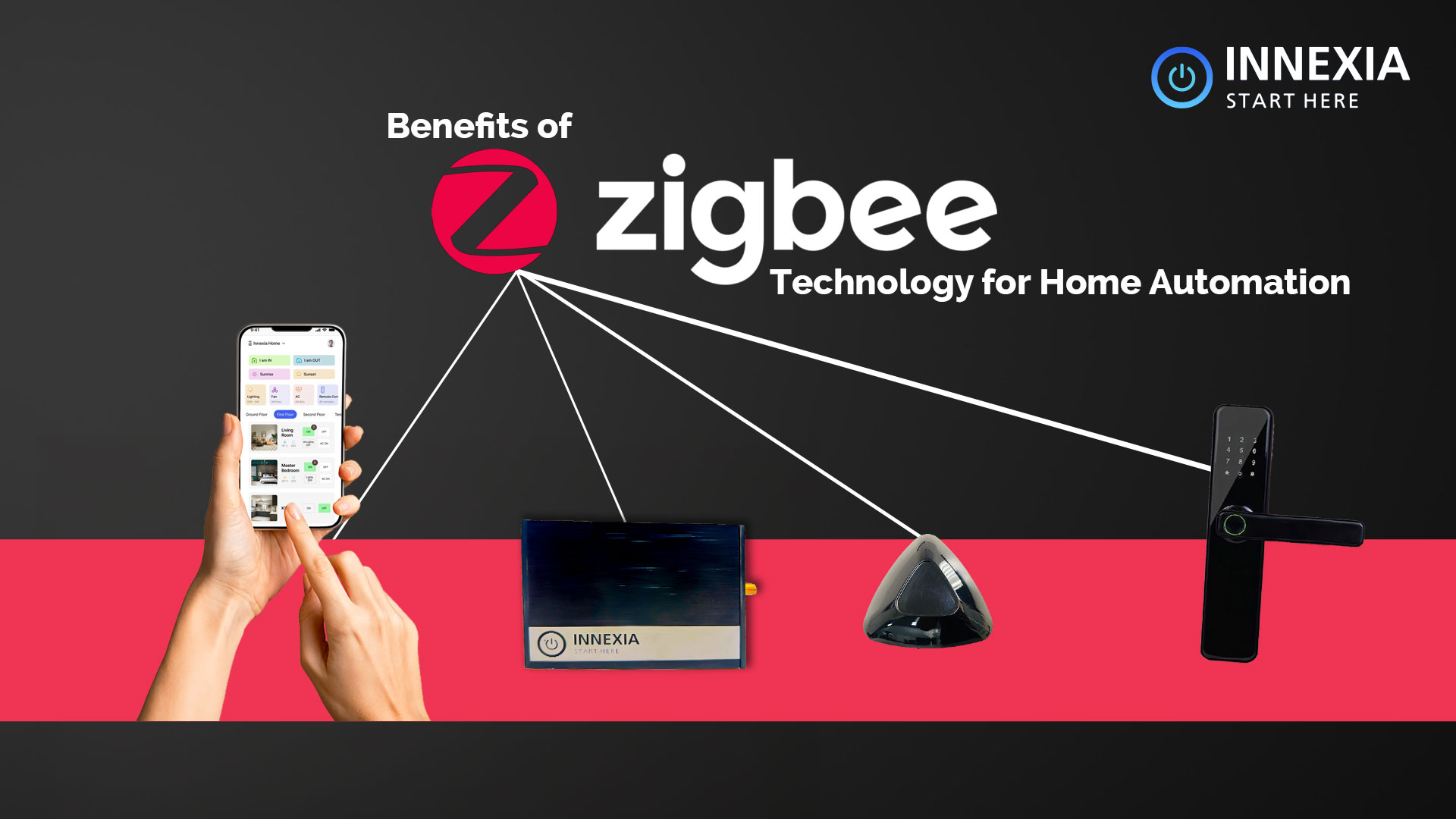Zigbee technology has emerged as a powerful solution for home automation, enabling seamless communication between smart devices. As a low-power, wireless communication protocol, Zigbee is designed to create personal area networks with minimal energy consumption.
This makes it an ideal choice for smart homes, where various devices—from lighting systems to security cameras—need to connect and interact efficiently.
In this blog, we’ll explore the key benefits of Zigbee technology, highlighting its role in enhancing convenience, security, and energy efficiency in modern home automation systems.
What is Zigbee Technology?
Zigbee technology is a proven wireless mesh network solution widely used in various IoT devices across residential, commercial, energy, and industrial sectors. Known for its reliability and performance, Zigbee facilitates seamless data transmission.
More than just a communication protocol, Zigbee offers a full-stack solution that includes the design and implementation of the mesh network layer. It features a comprehensive set of application functions and device-type libraries, making it easy for developers to create smart home devices that meet Zigbee standards.
Today, hundreds of companies worldwide have embraced the Zigbee protocol for their smart home products, contributing to a vast and interconnected Zigbee ecosystem.
What Do I Need for a Zigbee Network?
Creating a basic Zigbee network for your smart home involves just three essential components:
Zigbee Coordinator (ZC):
This component is usually the Smart Home Controller, often called a hub, gateway, or bridge. Its primary role is to establish the Zigbee network, manage security, add devices, and facilitate communication among them. There can only be one Coordinator in a Zigbee network, and it must be continuously powered.
Zigbee Router (ZR):
These are always-on devices that form the backbone of your Zigbee network. Zigbee Routers direct communication between devices, creating pathways for data to travel. You can have multiple Routers in your network, typically found in smart devices like light bulbs, sockets, plugs, light switches, and appliance modules—all of which are usually powered by AC mains.
Zigbee End Device (ZED):
End Devices are the simplest components in the network. They can send and receive data but don’t handle routing. This means they communicate only with Zigbee Routers or directly with the Zigbee Coordinator. End Devices are often battery-powered and include smart devices like motion sensors, door sensors, temperature sensors, and door locks.
Benefits of Zigbee Home Automation
Zigbee Home Automation (Zigbee HA) is a global standard that makes every home smarter. It allows consumers to manage energy use, enhance home security, and save money. With Zigbee HA, there are numerous advantages, including affordability and ease of installation.
All Zigbee HA products are Zigbee Certified, ensuring compatibility across different manufacturers. This interoperability means devices can easily connect to various Zigbee networks.
Devices Supported by Zigbee Home Automation
Zigbee HA enhances the functionality of various devices in smart homes. It enables remote control of appliances, temperature monitoring, and home security management. This makes it easier for users to stay connected and in control of their environments.
Safety and Security
Zigbee HA includes AES 128 encryption to protect personal information. Any device attempting to join the network must go through authentication, ensuring a secure connection. Additionally, Zigbee HA can detect unusual activity and alert users if anything unusual occurs.
Affordable and Easy to Install
Zigbee HA is energy-efficient, making it ideal for battery-powered devices. This not only lowers operating costs but also benefits both service providers and users. The wireless setup cuts installation costs and eliminates the hassle of wiring. Zigbee HA is simple to set up and operate, giving users greater control over energy consumption.
For everything you need to know for IoT, Zigbee HA stands out as a smart choice for modern living.
Conclusion
In conclusion, Zigbee technology offers a robust and efficient solution for home automation, providing users with enhanced control, security, and energy management. With its affordability, ease of installation, and interoperability among devices, Zigbee stands out as an ideal choice for creating a smart home environment.
As a leading home automation company, Innexia is committed to harnessing the power of Zigbee technology to deliver innovative solutions that simplify daily living and improve overall home efficiency.
Embrace the future of smart living with Innexia and experience the benefits of a seamlessly connected home.
FAQs
1. What is Zigbee technology?
Zigbee is a wireless communication protocol designed for low-power devices in home automation and Internet of Things (IoT) applications. It enables smart devices to communicate with each other over a mesh network.
2. How does Zigbee differ from other wireless protocols?
Unlike Wi-Fi or Bluetooth, Zigbee is specifically optimized for low power consumption and supports many devices in a mesh network, allowing for better coverage and reliability in smart home setups.
3. What are the reasons ZigBee is the best choice for smart homes?
The reasons ZigBee is the best choice for smart homes include its low power consumption, reliable mesh networking, seamless interoperability with various devices, strong security features, and affordability. These advantages make ZigBee an ideal solution for enhancing home automation.




